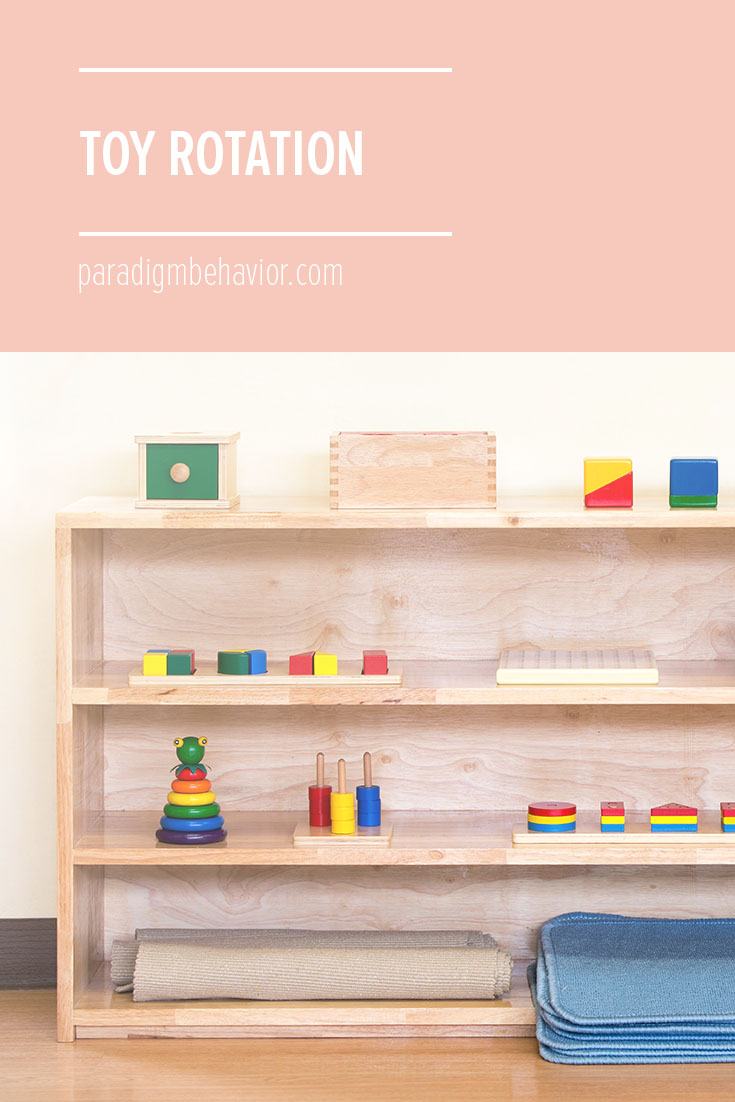Let’s play a game. Have you ever told yourself “I would not be the parent that…?”
Let’s their child watch T.V. and play with the phone
Gives their child food to behave in public
Allows my living room to be flooded with toys
…and the list goes on
When I was pregnant, I was told either 2 things: Either my ABA knowledge would be thrown out the window, or I’d have every single family member under a behavior intervention plan. My daughter just turned 1, so I’m not quite sure where my parenting lies, but I know I have toys ALL over the place. Do I pick them up? Sometimes. Do I sing the clean-up song and provide hand-over-hand prompts? Sometimes. She’s at a phase right now where taking apart toys is the thing to do because order does not matter. I have yet to teach her how to stack her rings, let alone put up her toys. I model “cleaning up” for her and cross my fingers she’ll get it soon. To answer my original question: I told myself I would minimize clutter and rotate toys to save myself money. I’ve also told myself other things, but we won’t get into that today! I’m definitely working on it. Recycling toys is not a new thing. This article outlines toy rotation pretty well.
As the holidays and my daughter’s first birthday flew by, I noticed the toys accumulating in our living room. She’d hop from one toy to another and continually goes back and forth. After reading a beautiful article on “why I got rid of the toys ” I felt determined to keep our living space functional and with minimal clutter. The author had me at “large bins are bottomless pits.” I couldn’t agree more. I blame my day job. Although these bins mask the potential mess that could be on the floor, they collect bits and pieces from broken toys, crayons and their wrappers, and cookie crumbs (seriously how did those get there?). At one point, I thought CLEAR BINS were the solution because you can see the unorganized mess, but I still ended up with the same problem.
We all know play is how children learn to communicate, problem solve and socialize. Organized play will limit your child without overwhelming them with choice. Plus, it allows for better quality play. With my daughter, we’re not a point to purchase bins, but I have dispersed the toys throughout the house. She loves to mouth everything, especially wooden toys, but we had 3 sets in the living room (safari bus, wood puzzle, wooden shape sorter ). The safari bus was her favorite, but I noticed she started to lose interest. I told myself I wasn’t going to buy more toys to keep her interest. Instead, the bus lives in our bathroom (for now) to keep her occupied while I get ready for work. When we’re in the living room, she moves on to the wooden puzzle. By minimizing her toys in each room, I noticed she isn’t bouncing from toy to toy as much and clean-up is MUCH more manageable. I still have to model clean-up, though.
When you do minimize your toys, you will probably notice that toys will lose their fun over time. That is when toy rotation comes in. When I work with families, I usually tell parents to cut their toys in half and save their toys in storage. About every month or so, rotate your child’s toys out to make them new again. It will save you money and frustration from cleaning up or having toys collect dust in the corner. On top of that, your child is spending more time with the toys they currently have. It’s a win-win-win situation!


